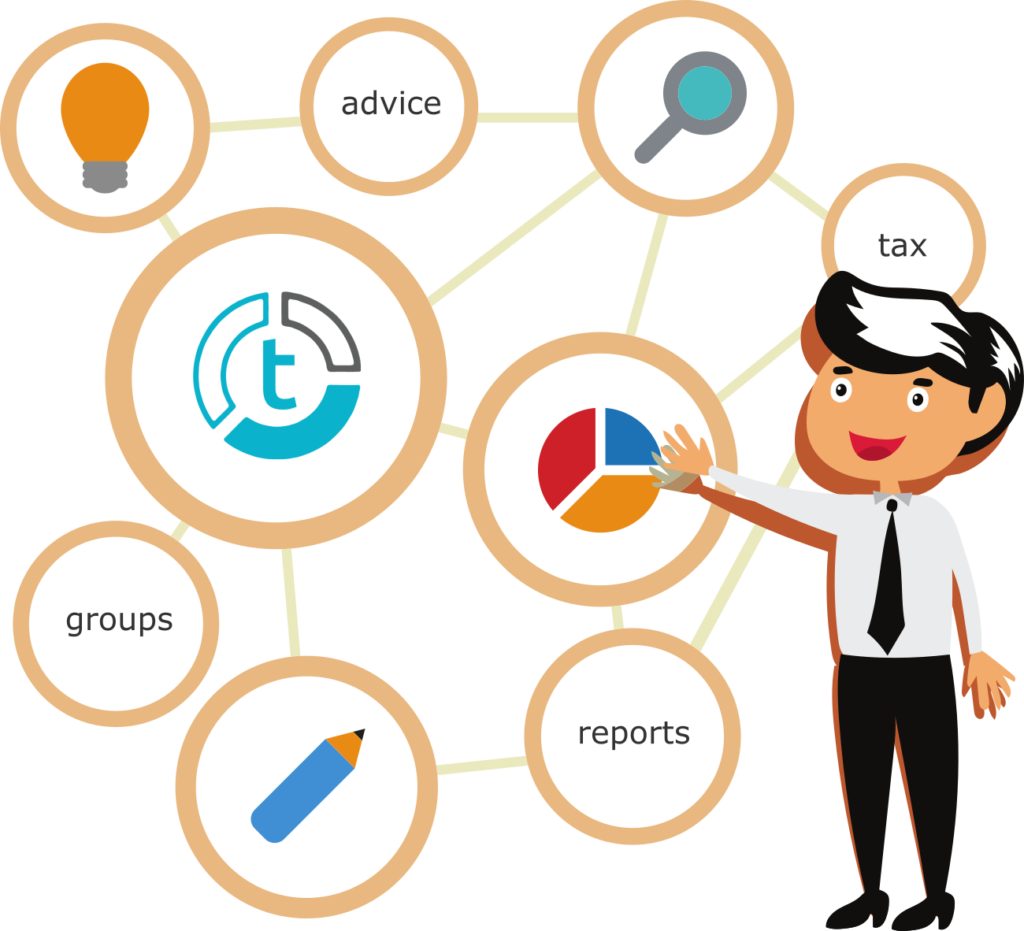Most people are familiar with the term “asset seizure”, but many don’t know that there are actually four different types of asset seizure protection. Here’s a look at each type and what it entails:
Type 1: Seizure Protection from the Government
The first type of asset seizure protection is from the government. If the government seizes your assets, they can do so without a court order. This type of asset seizure is typically used for tax evasion or money laundering.
Type 2: Seizure Protection from Creditors
The second type of asset seizure protection is from creditors. If you owe money to a creditor, they may try to seize your assets to cover the debt. In most cases, creditors need a court order to seize your assets.
Type 3: Seizure Protection from Divorce
The third type of asset seizure protection is Nitschke Nancarrow Accountants from divorce. If you are going through a divorce, your assets may be at risk of seizure. This is because assets are often divided up between spouses in a divorce.
Type 4: Seizure Protection from Bankruptcy
The fourth type of asset seizure protection is from bankruptcy. If you declare bankruptcy, your assets may be seized to pay off your creditors. However, there are some assets that are exempt from seizure in bankruptcy.
How To Choose The Right Asset Seizure Protection For You
When it comes to choosing the right asset seizure protection for you, it’s important to consider what your needs are and what level of protection you’re looking for.
There are a variety of different products on the market, so it’s important to do your research to find the one that’s right for you.
Here are 5 tips to help you choose the right asset seizure protection for you:
1. Consider your needs
The first step is to consider your needs and what you’re looking for in a product. Are you looking for protection from creditors or the government? Do you need protection for your home, car, or other assets? What level of protection do you need?
2. Compare products
Once you know what you’re looking for, you can start comparing products. There are a variety of different asset seizure protection products on the market, so it’s important to compare them to find the one that’s right for you.

3. Read reviews
When you’re comparing products, be sure to read reviews to get an idea of how they work and what other people think of them. This can be a great way to get an unbiased opinion on a product.
4. Get expert advice
If you’re still not sure which product is right for you, it’s a good idea to get expert advice. Talk to a financial advisor or another expert who can help you understand the products and make the best decision for your needs.
5. Choose the right product for you
Once you’ve considered your needs and compared different products, you should be able to choose the right asset seizure protection for you.
Be sure to read the fine print and understand the terms and conditions before you make your purchase.
Making The Most Of Your Asset Seizure Protection
When it comes to asset protection, one of the best things you can do is to keep your assets in your own name. This way, if you ever find yourself in financial trouble, your assets will be safe from seizure.
There are a few other things you can do to protect your assets, as well. Here are six tips to help you make the most of your asset protection:
1. Keep good records
Make sure you keep accurate records of all your assets. This will come in handy if you ever need to prove that your assets are yours.
2. Stay current on your taxes
If you’re behind on your taxes, the IRS can seize your assets. So, it’s important to stay current on your taxes.
3. Keep your assets in your own name
As we mentioned, one of the best ways to protect your assets is to keep them in your own name. This way, if you ever find yourself in financial trouble, your assets will be safe from seizure.
4. Set up an LLC or trust
Another way to protect your assets is to set up an LLC or trust. This can be a bit complicated, so you may want to consult with an attorney before setting one up.
5. Keep your assets separate from your business
If you own a business, make sure you keep your Adelaide Business Accountant personal assets separate from your business assets. This will help protect your personal assets if your business ever runs into financial trouble.
6. Get asset protection insurance
There are some insurance policies that will help protect your assets if you ever find yourself in legal trouble.
These policies can be a bit pricey, but they may be worth the investment if you’re concerned about protecting your assets.
